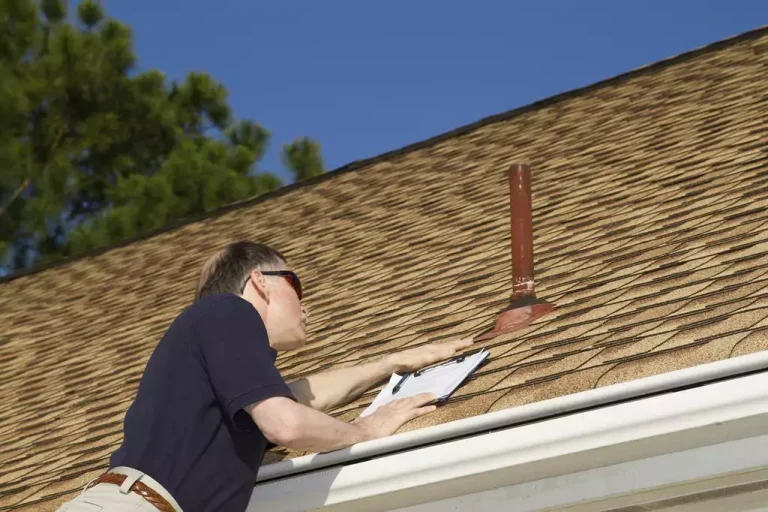The roof is often considered the crown of a home, quietly performing its vital function of protection while enduring the brunt of weather and time. When discussing roof maintenance and longevity, two primary considerations frequently emerge: the quality of shingles and the importance of regular inspections. This comparison, often framed as “Inspection vs. Shingles: What works best in roofing?” raises a compelling question—but also a misleading one. These two components serve entirely different purposes, and rather than existing in opposition, they operate in tandem to preserve the integrity and value of your roof.
The Protective Power of Shingles
Shingles are, quite literally, the outermost shield of your home. They form a durable, weather-resistant barrier that safeguards against rain, snow, wind, and harmful UV rays. Available in a variety of materials—including asphalt, wood, metal, slate, and composite—shingles contribute not only to functional protection but also to a home’s aesthetic appeal. Each type of shingle comes with its own benefits. Asphalt shingles, for instance, are cost-effective and relatively easy to install, while metal roofing offers exceptional longevity and energy efficiency.
However, even the most premium shingles are not invincible. Time, weather, and environmental conditions inevitably wear them down. The expansion and contraction caused by temperature fluctuations, the impact of hail, and the accumulation of moss or debris can all compromise their performance. Thus, while high-quality shingles are an essential starting point, they are not a standalone solution.
The Role and Value of Inspections
This is where roof inspections enter the picture. An inspection is not a product—it is a practice. It is the ongoing, proactive process of assessing the condition of the roof, identifying potential issues early, and ensuring that all components, from shingles to flashing to gutters, are performing as intended. A thorough roof inspection looks beyond what’s visible from the ground. It includes checking for loose or missing shingles, signs of water intrusion, damaged flashing, and proper ventilation, among other things.
Most roofing professionals recommend inspections at least twice per year—ideally in spring and fall—as well as after major storms. These assessments can catch small issues before they escalate into costly repairs. For example, a minor crack in a shingle or a dislodged piece of flashing might seem inconsequential today but could lead to water damage, mold, or even structural issues if left unattended.
Why the Comparison Falls Short
To pit inspections against shingles is to compare prevention to protection. It’s like asking whether diet or exercise is better for your health. One ensures that the other remains effective. In roofing, high-quality shingles are essential for protection, but without inspections, even the best materials can fail prematurely. Conversely, frequent inspections are useless if the shingles themselves are of poor quality or have exceeded their lifespan.
What truly works best in roofing is the balance and relationship between these two elements. Shingles form the first defense. Inspections provide the oversight necessary to maintain that defense. The synergy between them is what extends the life of a roof and prevents avoidable problems.
Cost Considerations and Long-Term Investment
From a financial perspective, many homeowners are tempted to focus solely on shingles, often under the assumption that installing high-end materials is a one-time solution. While it’s true that premium shingles can offer decades of durability, they are not immune to damage. Neglecting inspections means risking expensive repairs down the line—repairs that could have been prevented with timely assessments.
Inspections are relatively low-cost, especially when compared to the expense of replacing large sections of a roof or dealing with interior water damage. Consider them a form of insurance for your roofing investment. They extend the lifespan of shingles, preserve warranties, and help homeowners plan for future maintenance needs.
Aesthetic and Functional Integrity
Let’s not overlook the visual aspect. Roofs contribute significantly to a home’s curb appeal. Faded, curling, or missing shingles detract from a property’s overall appearance. Regular inspections help maintain the visual integrity of the roof, ensuring it continues to enhance the home’s exterior rather than diminish it.
But inspections do more than preserve appearance. They uphold the entire roofing system, which includes more than just shingles. A well-maintained roof promotes proper ventilation, prevents attic moisture buildup, and supports energy efficiency within the home. The broader implications of inspection extend beyond the roof itself—they touch every corner of your living environment.
The Importance of Timing and Climate
The ideal balance between shingles and inspections can also be influenced by location and climate. Homes in regions prone to severe weather—like hurricanes, heavy snowfall, or extreme heat—require more vigilant inspection schedules. Even with impact-resistant shingles, a post-storm inspection can reveal damage invisible to the untrained eye. In temperate climates, where roofs may last longer, regular inspections still play a vital role in monitoring wear and tear over time.
What the Experts Recommend
Ask any reputable roofing professional what contributes most to a roof’s longevity, and the answer will rarely be singular. Most agree that while the choice of materials is crucial, the real secret lies in consistent, professional maintenance. Roofing is not a “set it and forget it” component of the home. It requires attention, just like HVAC systems or plumbing. And that attention is best provided through scheduled inspections that complement the foundational strength of good shingles.
Conclusion: Synergy Over Rivalry
So, what works best in roofing—inspection or shingles? The answer, quite simply, is both. It’s not a question of competition but of coordination. Shingles provide the necessary protection; inspections provide the necessary vigilance. Together, they form a comprehensive approach to roofing that ensures longevity, functionality, and peace of mind.
Homeowners would do well to stop thinking in terms of “either/or” and begin thinking in terms of “and.” Invest in quality shingles, absolutely. But don’t let that investment go unmonitored. Treat your roof as a living system—one that needs not just a strong exterior but also routine checkups to stay at its best.

